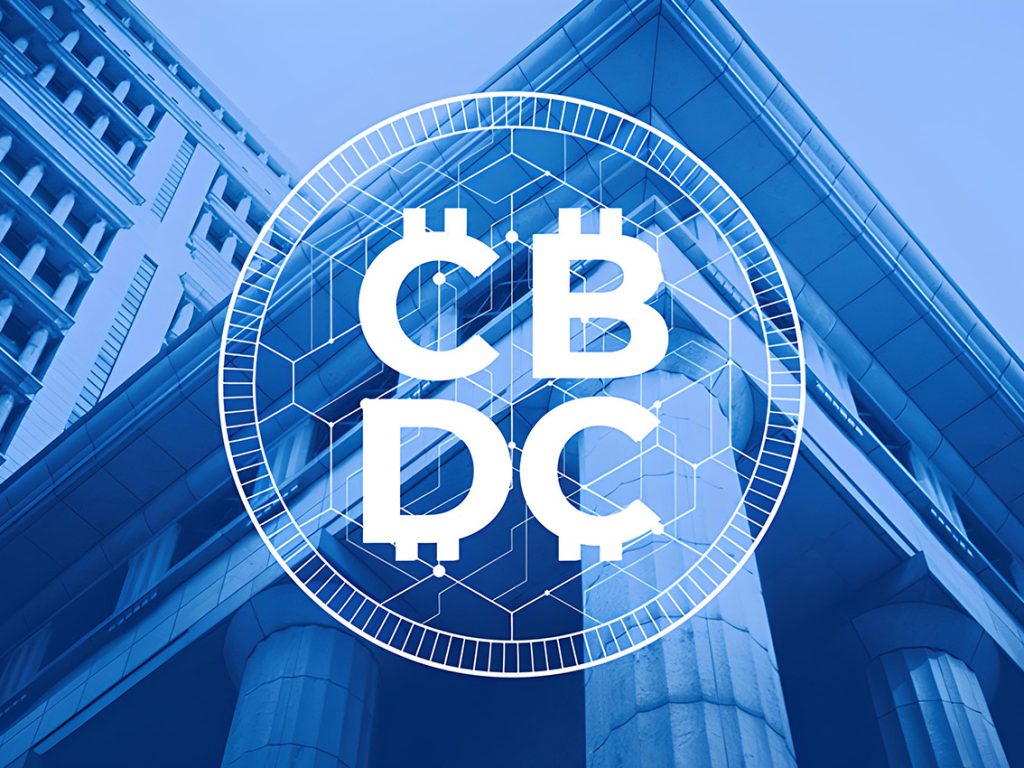
Central bank digital currencies (CBDCs) have been gaining traction globally as more countries explore the idea of creating their own digital currency. One of the main reasons behind this is to put an end to bank runs and prevent financial crises caused by bank failures.
In recent years, there have been a series of bank failures that have shaken the public’s confidence in the banking system. Incompetence in managing credit, poor risk management practices, and sometimes even fraudulent activities have contributed to these failures. As a result, many people have lost their deposits, and there has been a significant negative impact on the economy.
Commercial banks have been criticized for their incompetence in managing credit and eliminating bad loans. Despite the significant advances in risk management practices and regulations, many banks have continued to make risky loans that have resulted in significant losses.
One of the main reasons for this is the pressure to generate profits. Commercial banks are profit-driven institutions, and they are under constant pressure to increase their earnings. This has led many banks to take on risky loans in the hopes of generating higher returns.
Moreover, commercial banks often lack the expertise to evaluate the creditworthiness of borrowers. They rely on credit scoring models and other tools to assess the risk of default, but these methods are not foolproof. As a result, many banks have been caught off guard by defaults and have suffered significant losses.
Another issue is the lack of transparency in the banking system. Many banks do not disclose the full extent of their exposure to risky loans and other assets. This lack of transparency makes it difficult for regulators and investors to assess the risks of the banking system, and it can lead to systemic problems.
To address these issues, central banks are eager to create their own CBDCs. These digital currencies would be backed by the central bank and would be issued to the public through commercial banks. However, the role of these banks would change, and they would become the evaluator of loan risk and distributors of CBDCs that the central banks would give them.
Apart from all the negative sides of CBDC that media warns about, there are some hidden benefits too. For example, CBDCs would make it easier for central banks to conduct monetary policy. It would also reduce the risks associated with cash and other payment methods, such as credit cards and checks.
One of the most significant advantages of CBDCs is that they can help improve sanctions. For example, the Federal Reserve could allow people in sanctioned countries to own US dollars and do business with the United States while keeping the pressure on their governments and bad players. This would be a game-changer for central bankers as it will allow them to boost confidence in their currency by increasing the currency’s users.
To conclude, with CBDCs central bankers no longer will need to bail out any bank which reduces the volatility in the financial system. It also defines commercial banks as rating agencies that can stay around as long as they make sound decisions otherwise they will go bankrupt without risking customers’ deposits.






